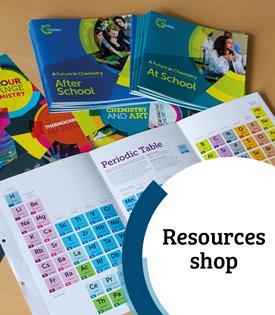This context based case study investigates the use of nanomaterials for the development of commercial applications in the areas of medicine, materials and environment. It covers the synthesis, characterisation and application of nanomaterials in a variety of contexts. As part of the resource students are asked to investigate the use of nanomaterials to prepare a commercial product.
Downloads
Resource overview - Small materials to solve big problems: Nanochemistry
PDF, Size 0.72 mbStudent guide - Small materials to solve big problems: Nanochemistry
PDF, Size 1.31 mbInteractive resources - Small materials to solve big problems: Nanochemistry
Zip, Size 19.26 mbTutor presentation - Small materials to solve big problems: Nanochemistry
PowerPoint, Size 1.2 mbSmall materials to solve big problems - CPBL - tutor guide
Tutorial | PDF, Size 2.32 mb
Additional information
The resource is a paper- based exercise, but will be supported with data collected from experiments, which is available electronically. Students will be presented with an introduction to nanochemistry and with self directed exercises to introduce concepts. Characterisation techniques for nanomaterials showing the instrumentation used and the applications of these materials in a real life context will be covered.
The case study will allow them as groups to build on their learning to compile their case study material into a wiki and present to the class. Introductory support on the synthesis of nanomaterials and the characterisation techniques involved have been provided in electronic resources. The workshops have been designed to promote student driven learning.
This resource and its components are licensed under a Creative Commons Attribution-NonCommercial-ShareAlike 3.0 Unported License.


















No comments yet